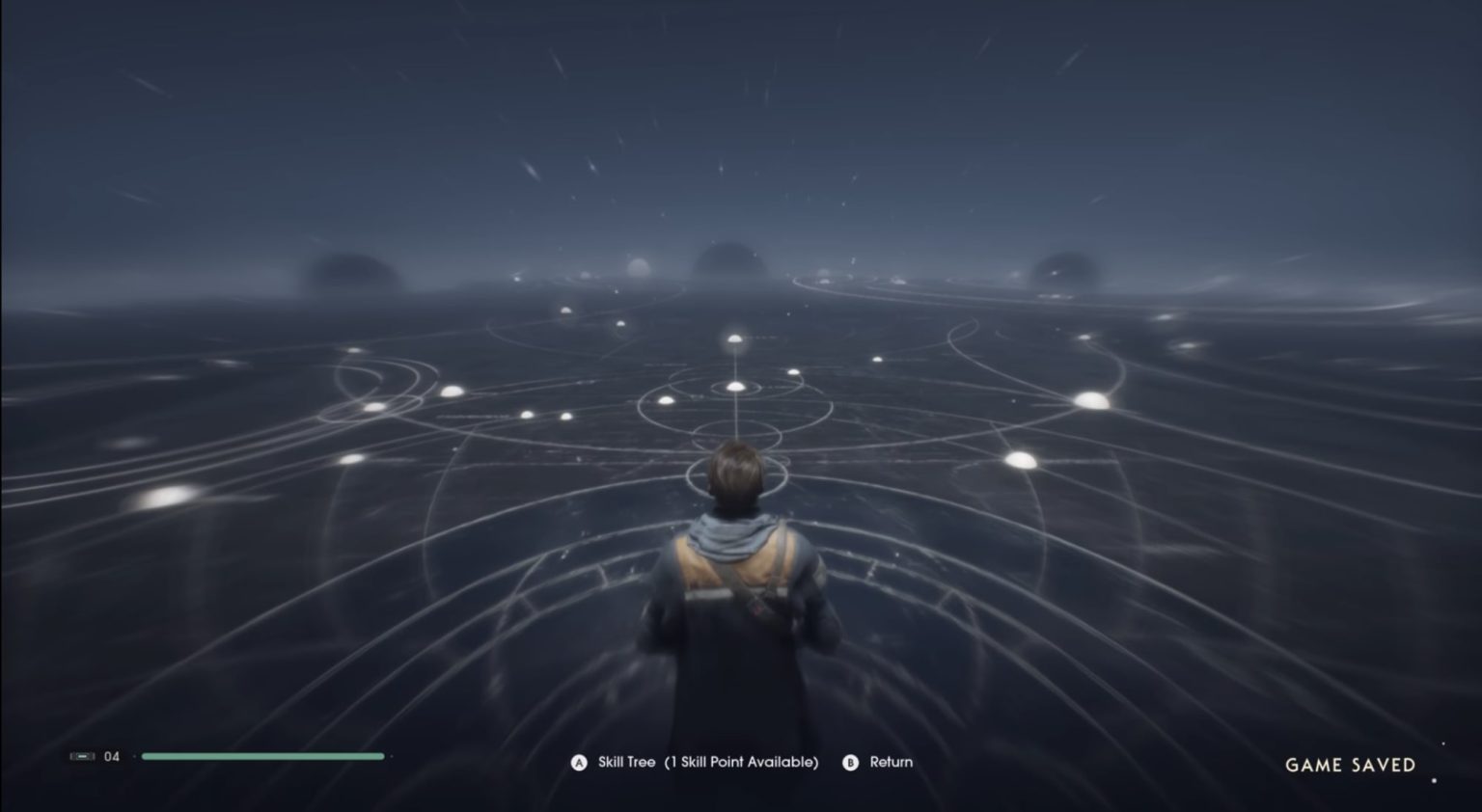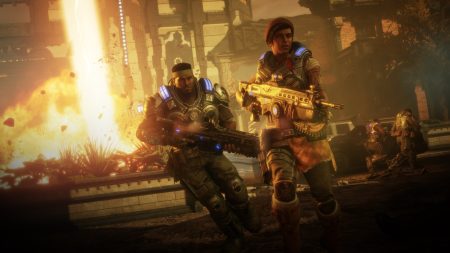Some Experiments Work Really Well. And They Keep Getting Better.
2019 was a catch-up year for me, filled with a lot of Hollow Knight, Dragon Ball FighterZ, and Monster Hunter: World (and still Iceborne to go… damn it, Capcom). That’s not to say that this year wasn’t stellar, as there were a lot of great games I’m earnestly sad I wasn’t able to get to.
However, what I was able to do was check out all the really amazing game mechanics of 2019. As games evolve, a lot of mechanics are thrown to the side and discarded as “gimmicks” or relics of the past. I want to talk about what should stick around, and what I’m interested in seeing more of.
So, here are my top 10 game mechanics in (and around) 2019.

10. Object of Importance
Days Gone is one of my least favorite games in 2019. The zombie storyline is overdone, the main character fell flat for me, and there were loads of glitches that made this kinda generic game feel less than stellar in my eyes.
Something that stuck with me, however, is how much Deacon St. John loves his motorcycle. The game revolves around riding and caring for the vehicle, the map is laden with tripwires that pose a threat to the chopper, and even refueling is an essential goal that the player has to constantly prioritize.
In the same entertainment medium as GTA, where a player swaps from vehicle to vehicle every time they breathe, St. John’s motorcycle is quite a unique part of an otherwise generic game. Sure, there are other parts of Days Gone that are interesting, but the reliance on this one vehicle is actually really cool, and could be appended into different genres.
I don’t think an “object of importance” needs to be a vehicle, but I’m interested in future games where the main character cares deeply about something like St. John’s motorcycle — maybe like a weapon or a piece of clothing, something that is typically thrown away when an upgrade comes around.
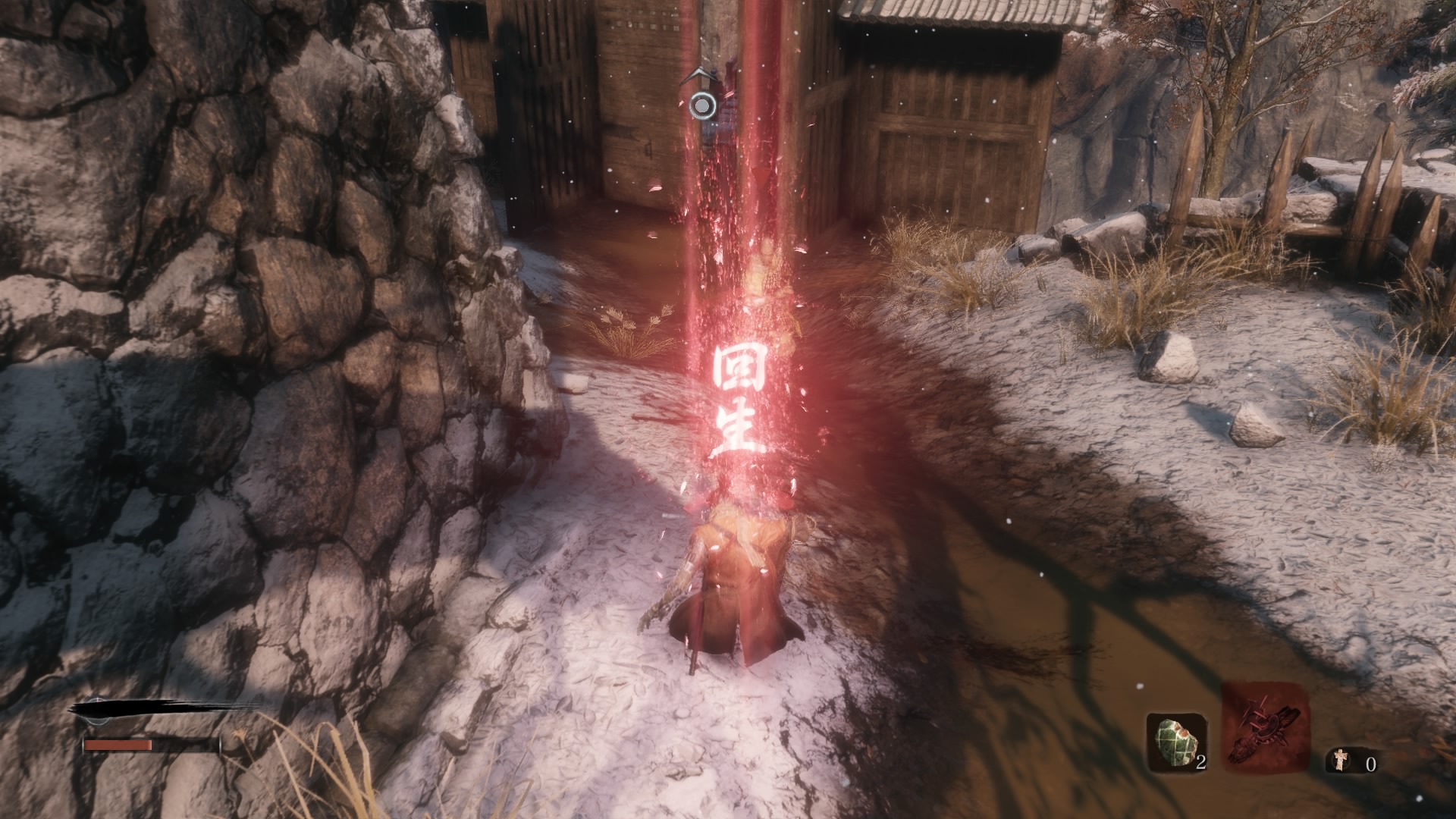
9. The Second Chance
Sekiro: Shadows Die Twice is a beautifully designed game. The fluidity of combat, the gorgeous environments, the difficulty that rivals Dark Souls… All important aspects of a game genre that has been exploding in popularity since 2011.
However, Sekiro changes up the formula with its resurrection mechanic — the “Die Twice” part of the title. After a player dies, they can revive themselves once in order to keep trying. This is a fantastic decision on the part of the developers, since it allows the player to continue adapting to the boss or get a kill that they were just one hit away from claiming.
It’s a revolutionary idea, but it’s kept from ranking higher on this list because I think it might be a “Sekiro-specific” mechanic. Perhaps other games could use similar mechanics to preserve momentum of close fights (like an adrenaline shot, or a spiritual copy of the character that fights for a short time afterwards), but none in quite the way that Sekiro allows for it.
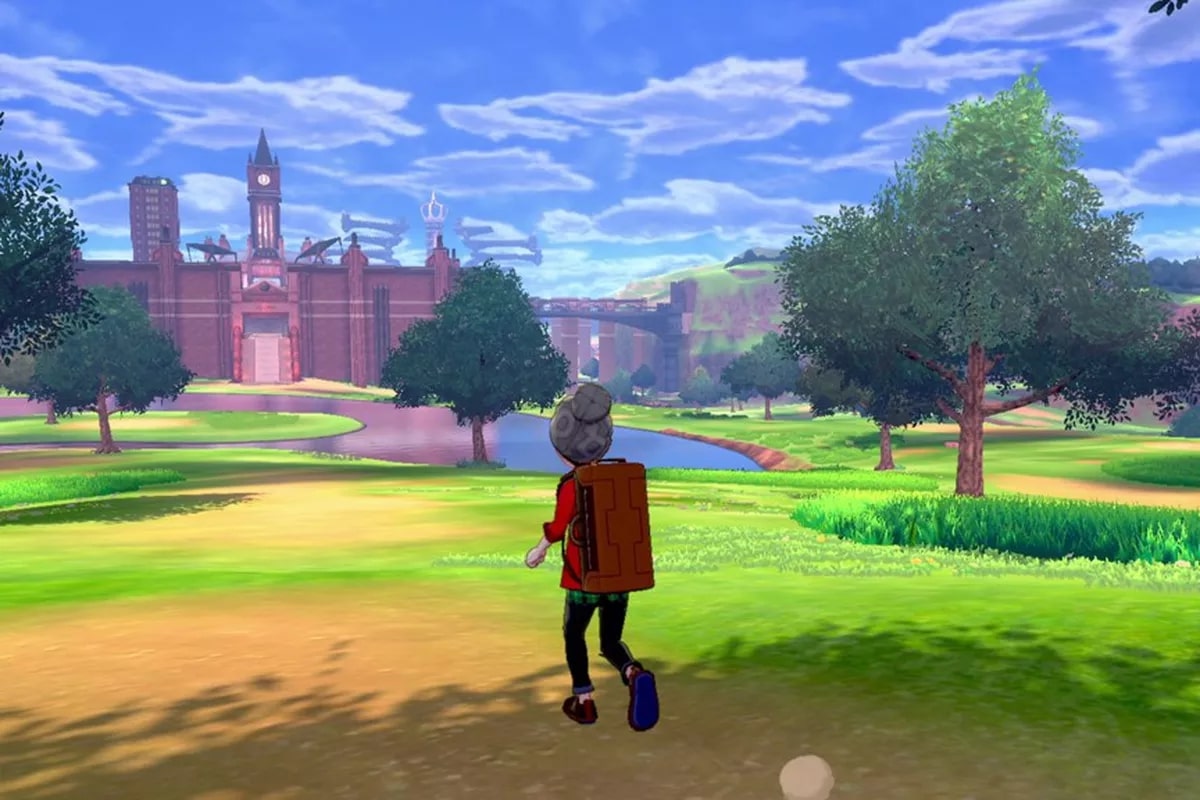
8. The Wild Area
I really enjoy the new tall grass system that Sword/Shield has. Being able to see the Pokémon out in the open, wandering about and interacting with you with their own distinct personalities, breathes a level of new life into a genre that I adore.
Being able to avoid encounters by just… avoiding them… is also pretty nice.
But, that’s not the title of this entry. The Wild Area of Pokémon Sword/Shield is a new addition to the genre. It’s a wide open area of about 16 sub-areas that each has its own Pokémon, weather effects, raid battles, and discoverable items. The Wild Area functions as a place where Game Freak can put in new content and mix up the Pokémon on display, and it’s genuinely stellar.
However, it has quite a few problems. Finding the Pokémon you want relies on multiple RNG factors, like raid camp spawns and time of day. The Pokémon per grassy area are fairly typical. The events that affect the overworld are limited to weather and little else. Getting Gigantamax Pokémon is a painful grind that makes me really wish there was a way to let your own team Gigantamax… The list goes on.
However, there’s a lot of potential for games to build on the Galar region’s call to fame, and a lot of the problems that I have with it feeling a little bit bland or grindy can be fixed — even within Sword/Shield itself, thanks to content patches. I do hope some of these problems are addressed, even slightly, to make the Wild Area feel more like a place of surprise and discovery, rather than a grind.
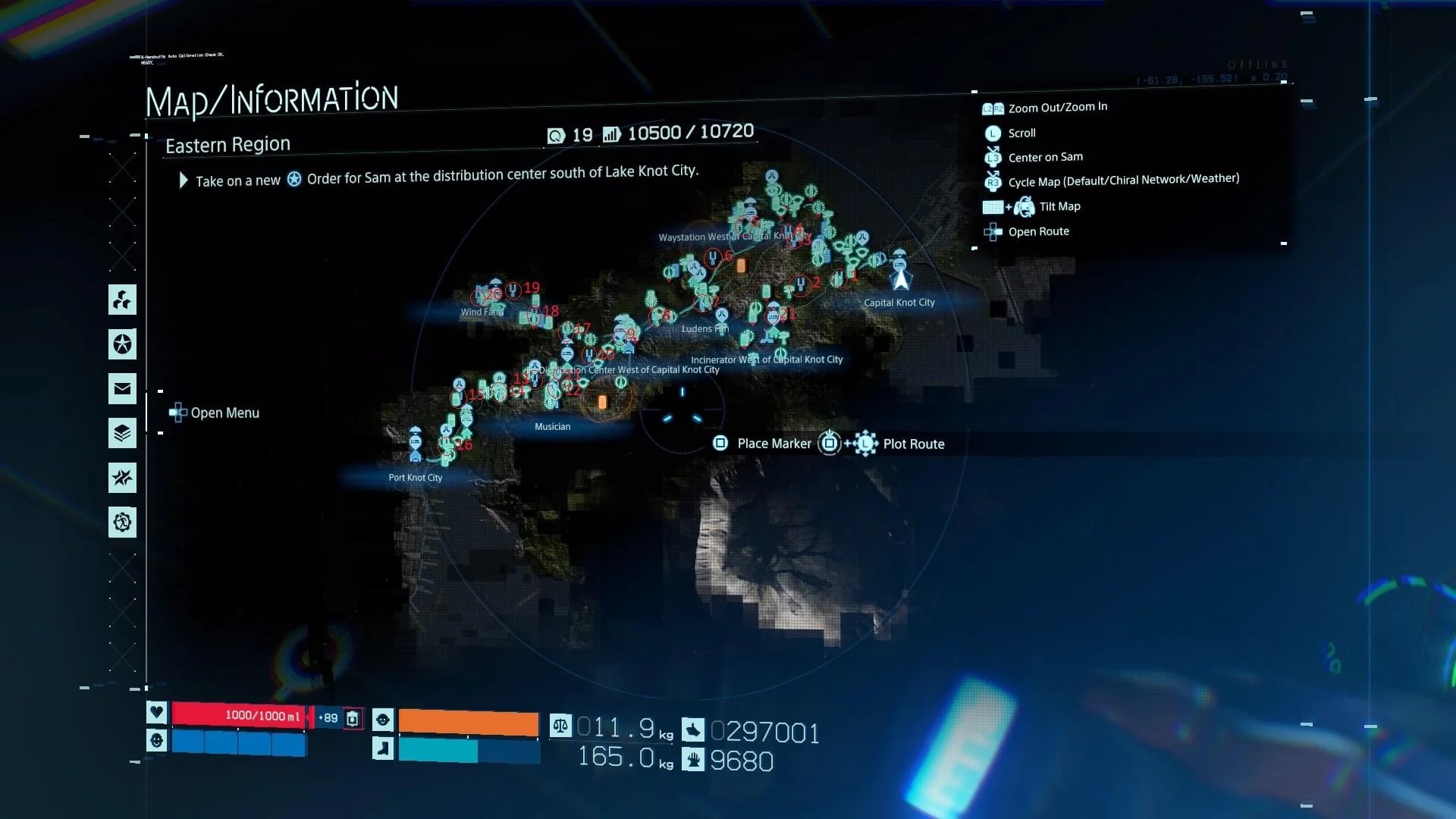
7. Indirect Online Help
The Wild Area is a good example of what I would call “Direct” Online Help, where players can help you start a Pokémon raid, or cook with you — player-to-player interaction.
Death Stranding experiments with a mechanic that allows structures you build in-game — such as bridges and ziplines — to be used by others online. This is cool, because it offers a mode of “Always Online” that (A) motivates people to build structures, not just to help themselves, but other people, and (B) doesn’t require actual human interaction to work. Score!
This mechanic has so much potential, and not only in “strand-type” games. Inspiring human aid by sharing rewards is not necessarily new, but Death Stranding paints it in a light that shows how far this can go while not becoming heavy-handed, and I hope other online-centric titles take note.
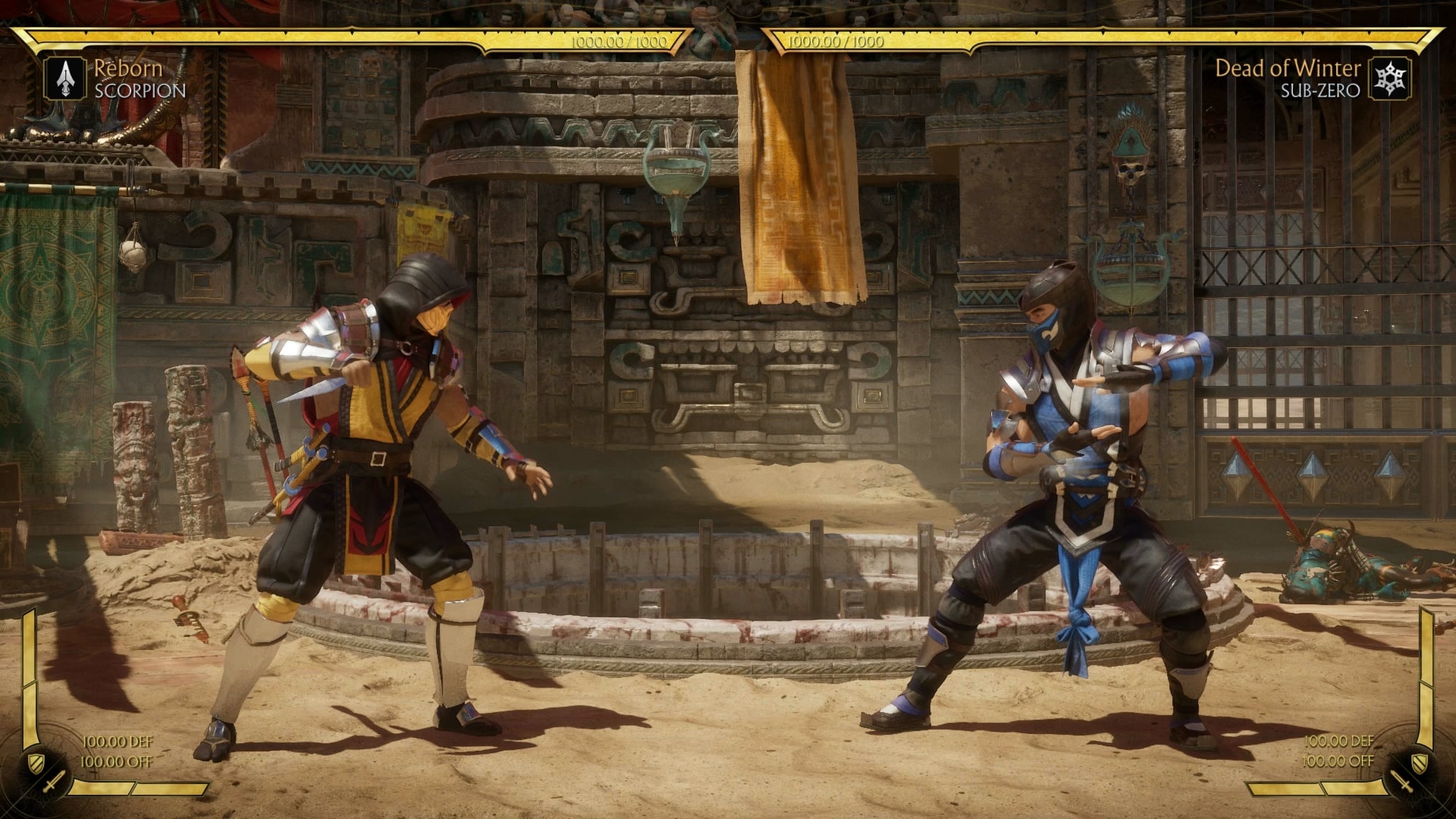
6. The Defense Meter
Now for something entirely different.
Plenty of fighting games have given players the option to spend part of their “super meter” in order to break combos. But Mortal Kombat 11 brought in a new, dedicated meter solely for breaking combos and getting you out of trouble. The “defensive” meter can be spent either to pull players out of the disadvantage state with a quick roll, or to end a combo early by causing the combo’d player to drop to the ground instantly.
As someone who is pretty bad at fighting games (especially 1v1 games), I’m not sure if this is the definitive direction that fighting games should go, but I think it should be played with a little bit more.
For example, I’m not a huge fan of MK11’s timer-based meters. I want to see a defensive meter that builds in the same way that traditional fighting games do — maybe rewarding the player for blocking by giving them defensive meter, so when they’re opened up to an attack, they’re able to escape. Or the opposite.
We already know that super meters work, and yet this defensive/offensive meter seems to be fairly popular. I’d love to see more experimentation with this combo in the future for 1v1 fighting games.
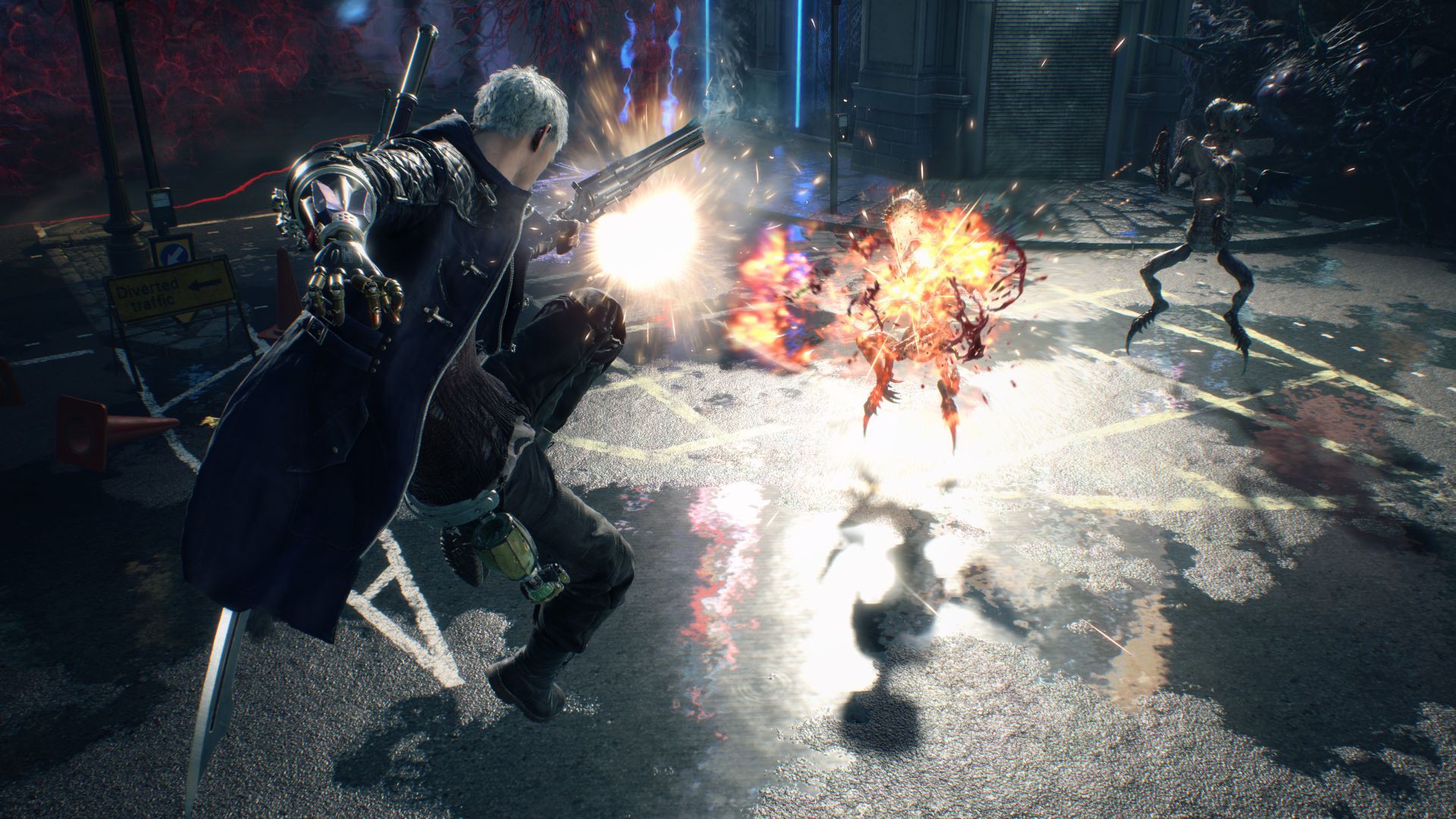
5. Dynamic/Adaptive Music
A cornerstone of the Devil May Cry series is its dynamic soundtrack system. The better you fight, the better the music is. It’s simple, but wow, is it effective! Nothing gets the heart pumping more than the music getting better as your combo gets larger. It’s kinda like how Street Fighter gets more intense music when someone is close to getting K.O.’d, but with a much flashier combat system.
It’s right at home in the DMC series, but I really wish other games would consider how impactful building-up the music can be for combat. Any beat ‘em up could benefit from an increase in tempo as time goes on, and several use variants of this system.
I’d be interested to see if other genres could take advantage of this mechanic. Would the RPG genre benefit from slightly different songs or faster tempos? How about dungeon-crawlers? Roguelites? There are so many opportunities to advance this otherwise well-developed system that I think is criminally underused.
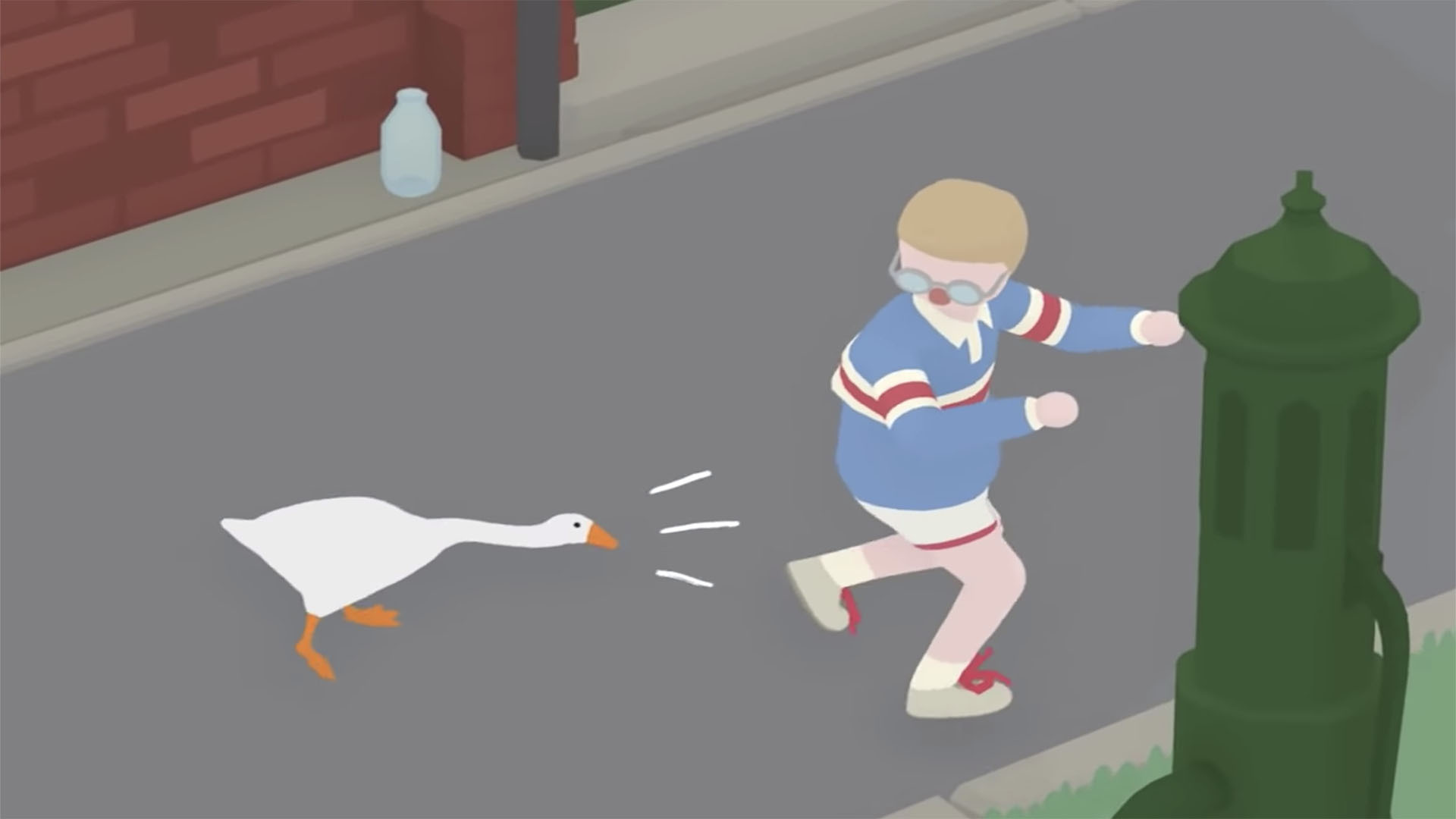
4. Playing Without Traditional Progression
I’m not sure what it is about derpy animals that inspire game devs to new heights, but Untitled Goose Game is a prime example about how games can be made without requiring a traditional storyline.
This is less of a mechanic and more of a lack thereof. Games that revolve around using your controls to explore a fixed environment, tackling challenges, and progressing by completing those challenges, is something that I hope game developers take note of for the future. Not only is this game a joy to watch, but it can be really fun to explore the environment and see the little interactions the NPCs have in response to different actions the goose performs.
An earlier example of this is Goat Simulator, a less polished version of the Untitled Goose Game with exploration tied to its silly physics.
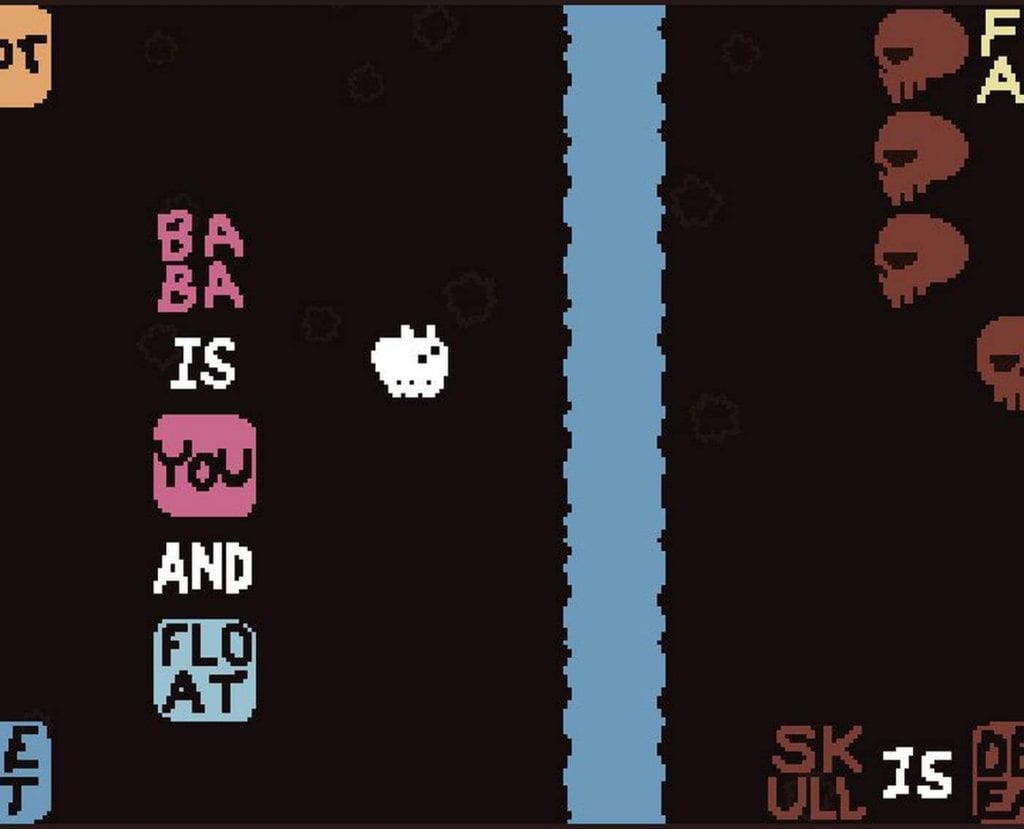
3. Creative Rulebending
Baba Is You is a fantastic example of a game that thinks outside of the box in order to best showcase the designer’s intent. A charming puzzle game where a goat — or whatever “Is You” in the puzzle — is actually proof of the lengths that games can go to twist the rules as needed.
In Baba is You, the player can manipulate text in order to change the properties of the map. In the above example, moving the “FLOAT” box to the left would make it so Baba would be unable to cross the water.
Can any game realistically do it at the same level as Baba is You? Probably not without getting into copyright infringement. But there are little things about the core gameplay loop of Baba is You that game designers could hook onto, since rapid changes to the ruleset of the world around the protagonist can make for a chaotic, but fun, scenario.
Or maybe this means I just want a Baba is You Two… Baba is You, Too?

2. Two-Player Co-op Games
Cooperative games tend to be my favorite ones. While this is hardly a new genre, I think it has become more fleshed-out recently thanks to puzzle games like Keep Talking and Nobody Explodes and We Were Here, in which the second player is an essential part of the experience, rather than just a tacked-on extra player.
The idea of two players with different sets of information relying on each other for guidance is novel, and a great opportunity for future online games. Not using the second player to your advantage means game over, which is a social experiment that tends to be successful when both sides are working toward the same goal.
A Way Out is an excellent example of a non-puzzle co-op experience that forces you to rely on a second player to make it through the game. It also manages to surprise both players with exciting action and an engaging story along the way… all from the same couch. Wow.
Co-op games are treats.
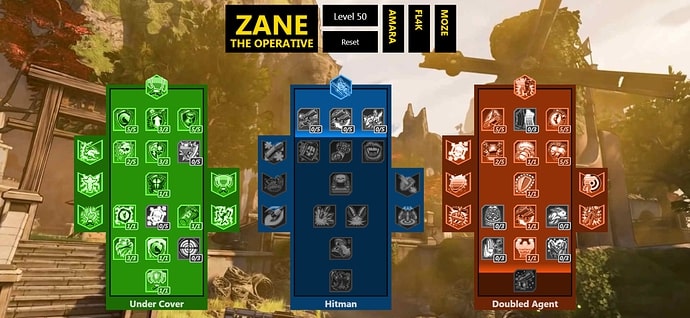
1. Complex Skill Trees
I’m not really a fan of Borderlands 3. But with the new skill trees and ultimate ability add-ons that the game offers, I must say I’m super interested in where looter-shooters are heading.
When I say “complex skill trees,” I mean that with games like BL3, Jedi: Fallen Order, and — to a lesser extent — Destiny 2, skill trees have become easier than ever to append, advance, and alter to fit one’s playstyle. I especially enjoy BL3’s add-on system, where players can put special attributes onto their ultimates to mold them into powerful tools based on the player’s needs.
As someone who really enjoys the action-RPG genre and really hates most skill trees for having one obvious, powerful path, the newer implementations of skill trees has lessened my fear quite a bit. In fact, I’m excited to see the direction devs are taking to make each character and class as interesting as possible to a wide variety of people.
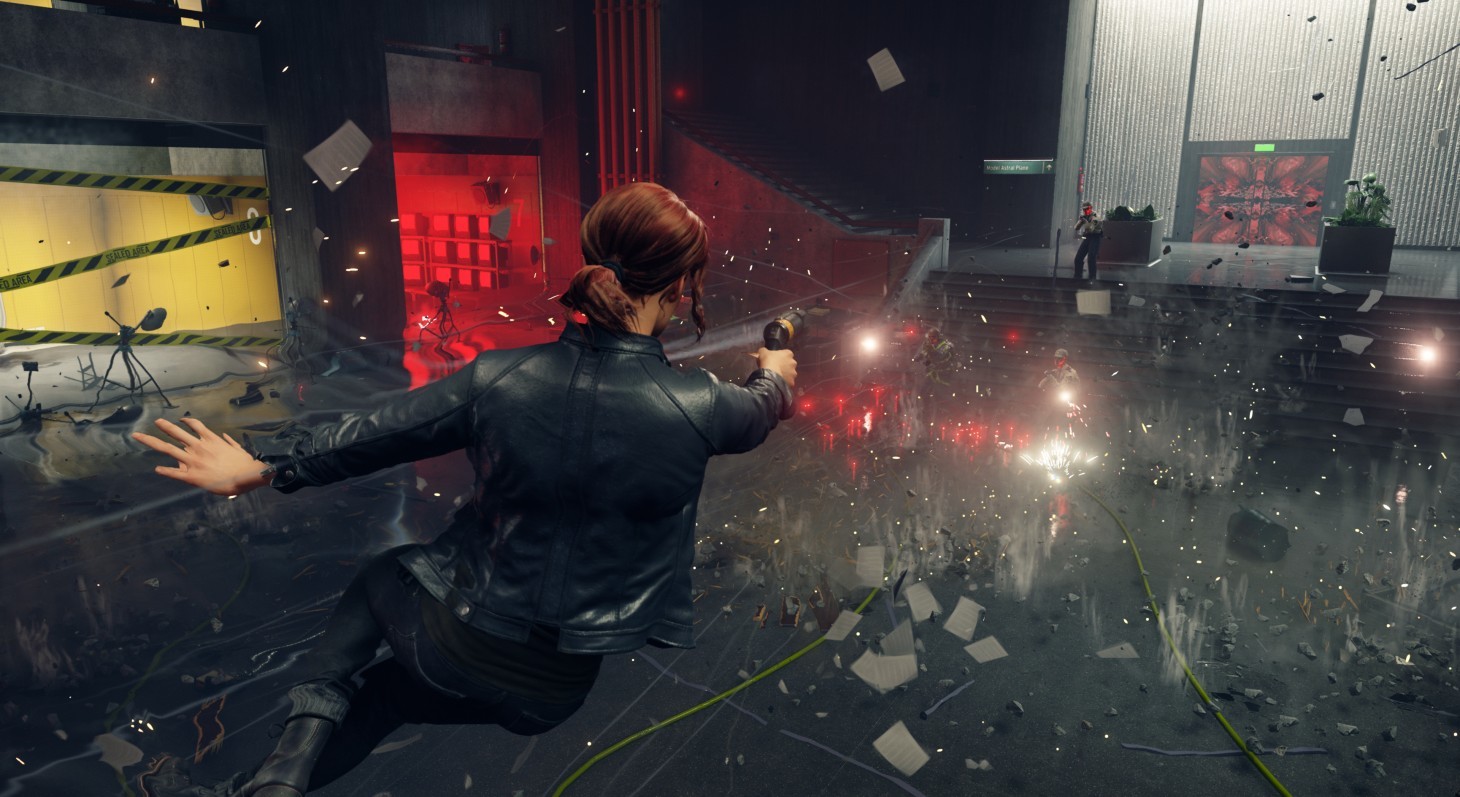
And that’s that! I’m excited for the next generation of games, since indie developers are getting extremely creative with how they design experiences and triple A studios are beginning to deviate from formulas that have otherwise held firm for years.
A few thoughts: These mechanics are not representative of where I’d put their host games on this list. I would not put Borderlands 3 as my number one this year, nor would I put Sekiro at nine. These are all stellar games, but this list is how I value the ideas the games are putting out, based on my own beliefs.
While this list includes some of my favorite mechanics, it is by no means exhaustive. There are thousands of really exciting game mechanics that probably slipped my mind, were in games I weren’t exposed to, or just barely didn’t make the list. What are some mechanics that got you thinking? What do you want to see in the future?
No matter what, I do hope this industry keeps innovating. Who knows what they might think of in the coming years!
Jason graduated from Northeastern University with a degree in English and Game Design. For him, video games are not just an art form, but one of the greatest mediums to tell a story.
When not perpetuating the game journalist stereotype of being awful at a game and blaming the game for it, Jason likes writing short fiction novels that never get past chapter two, and playing Dungeons & Dragons.


